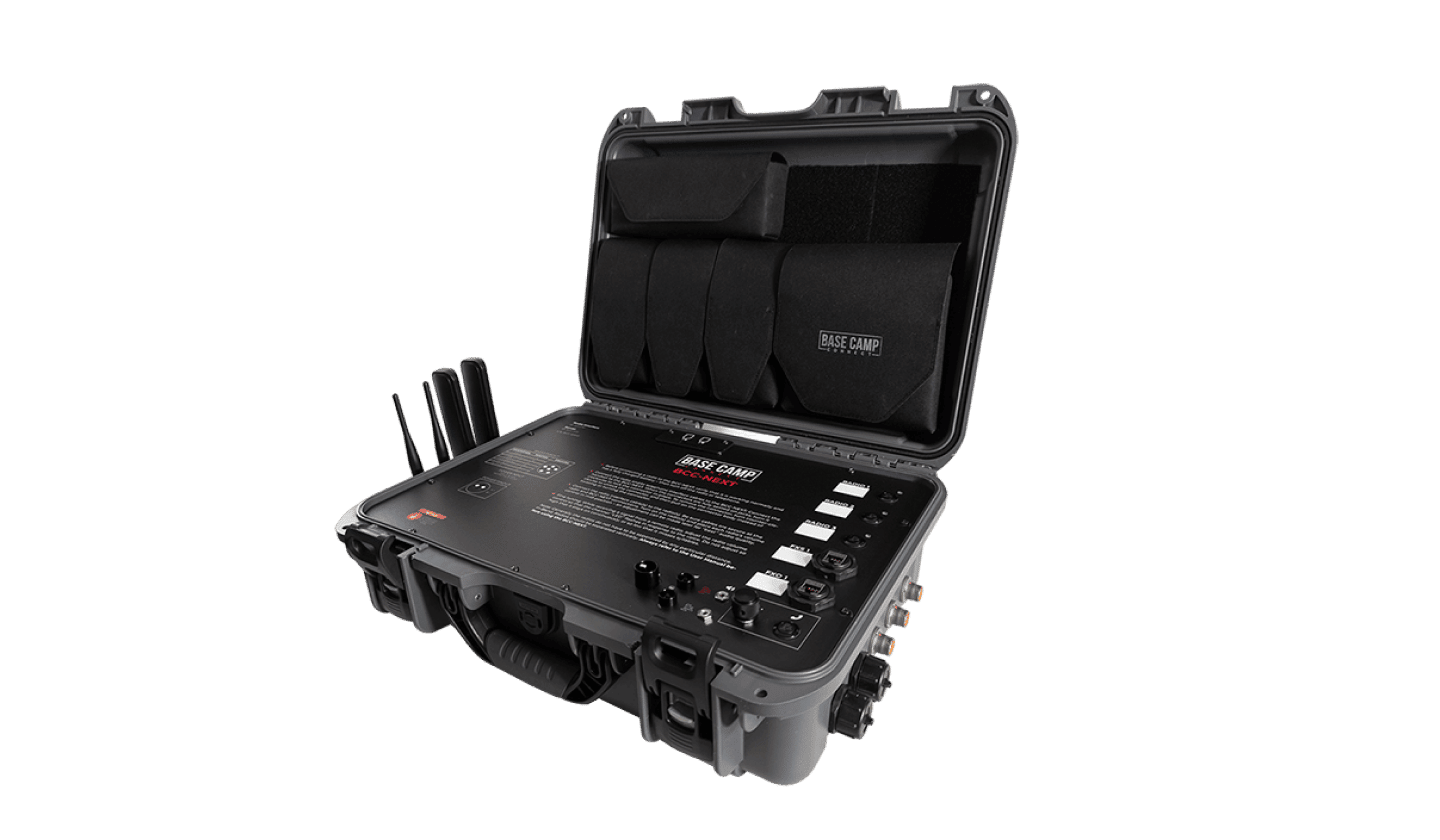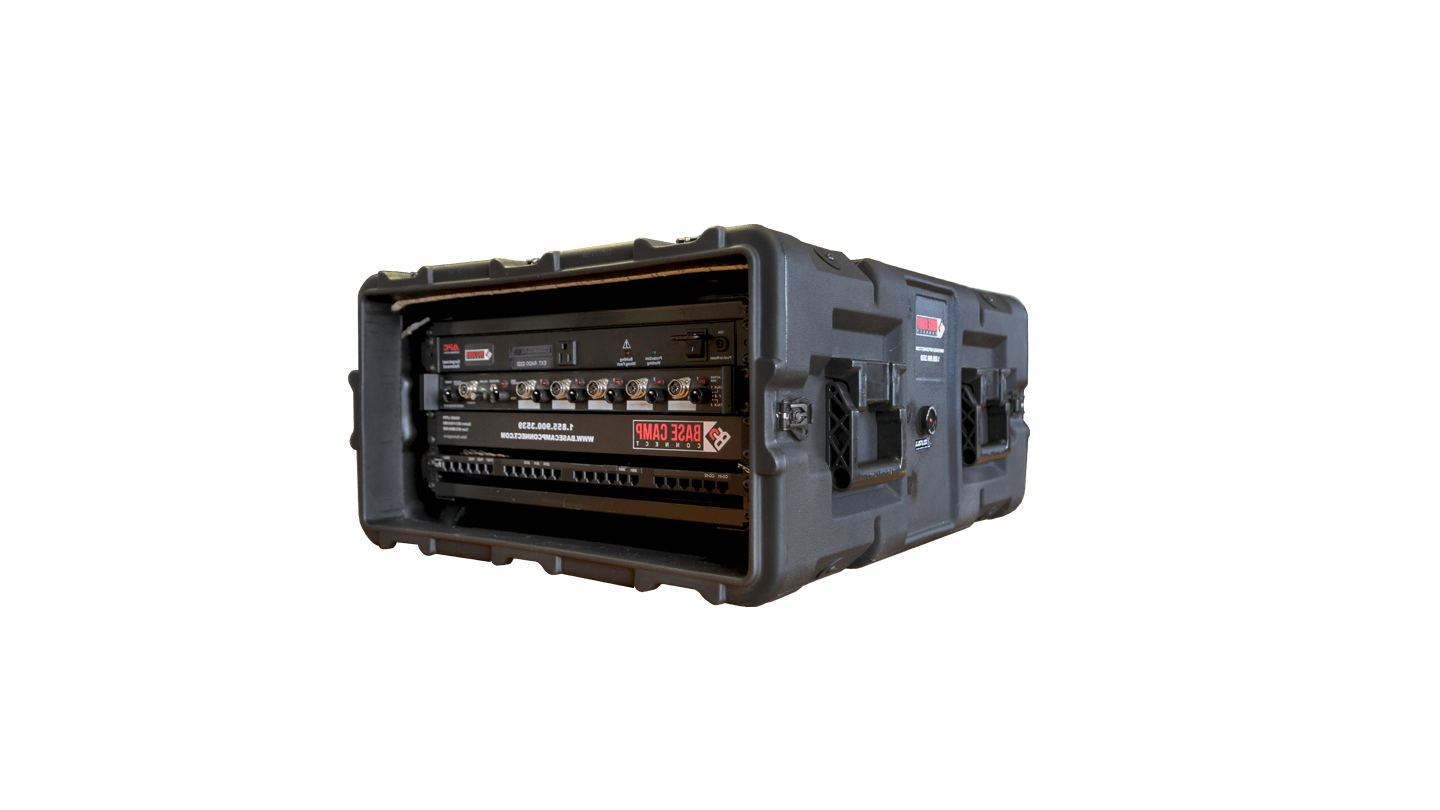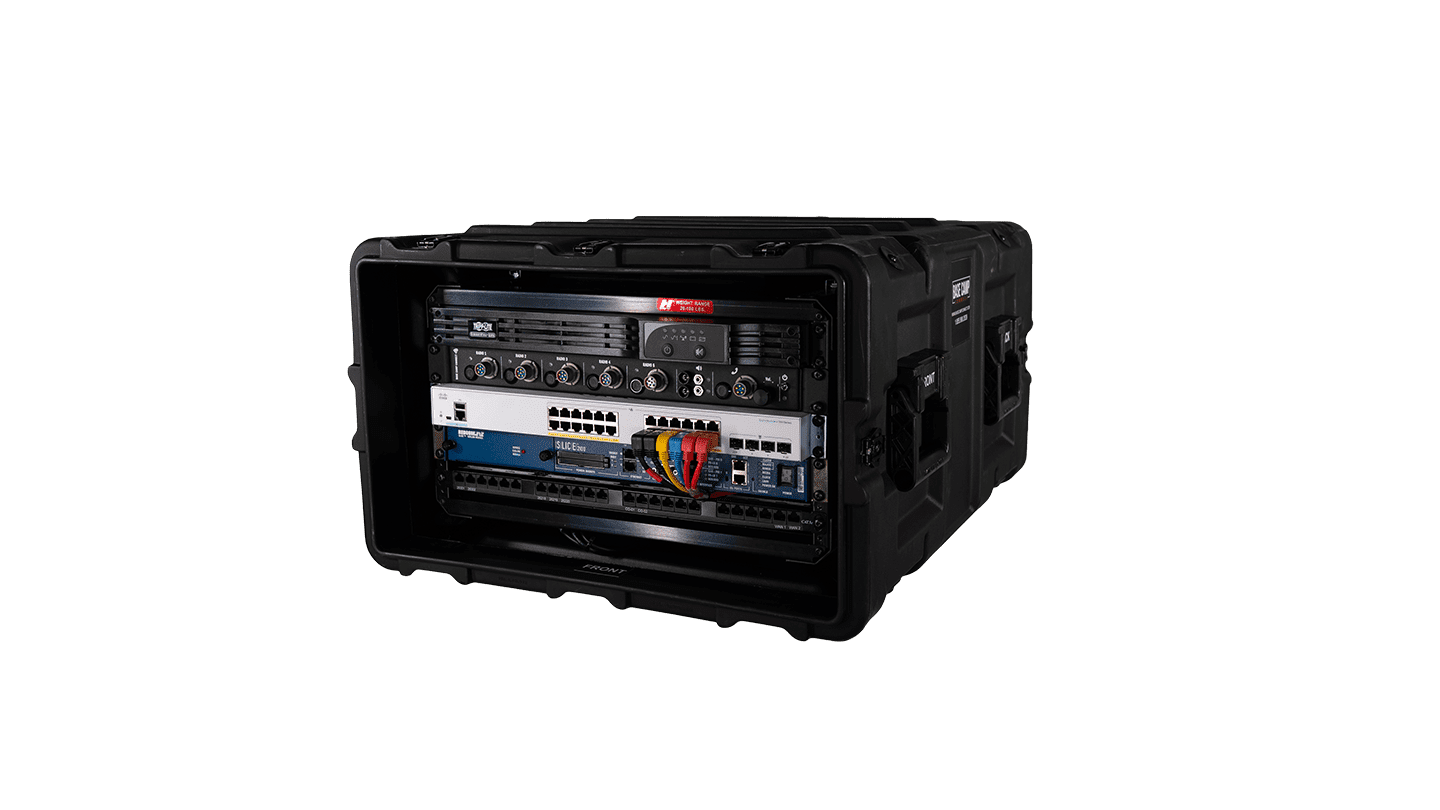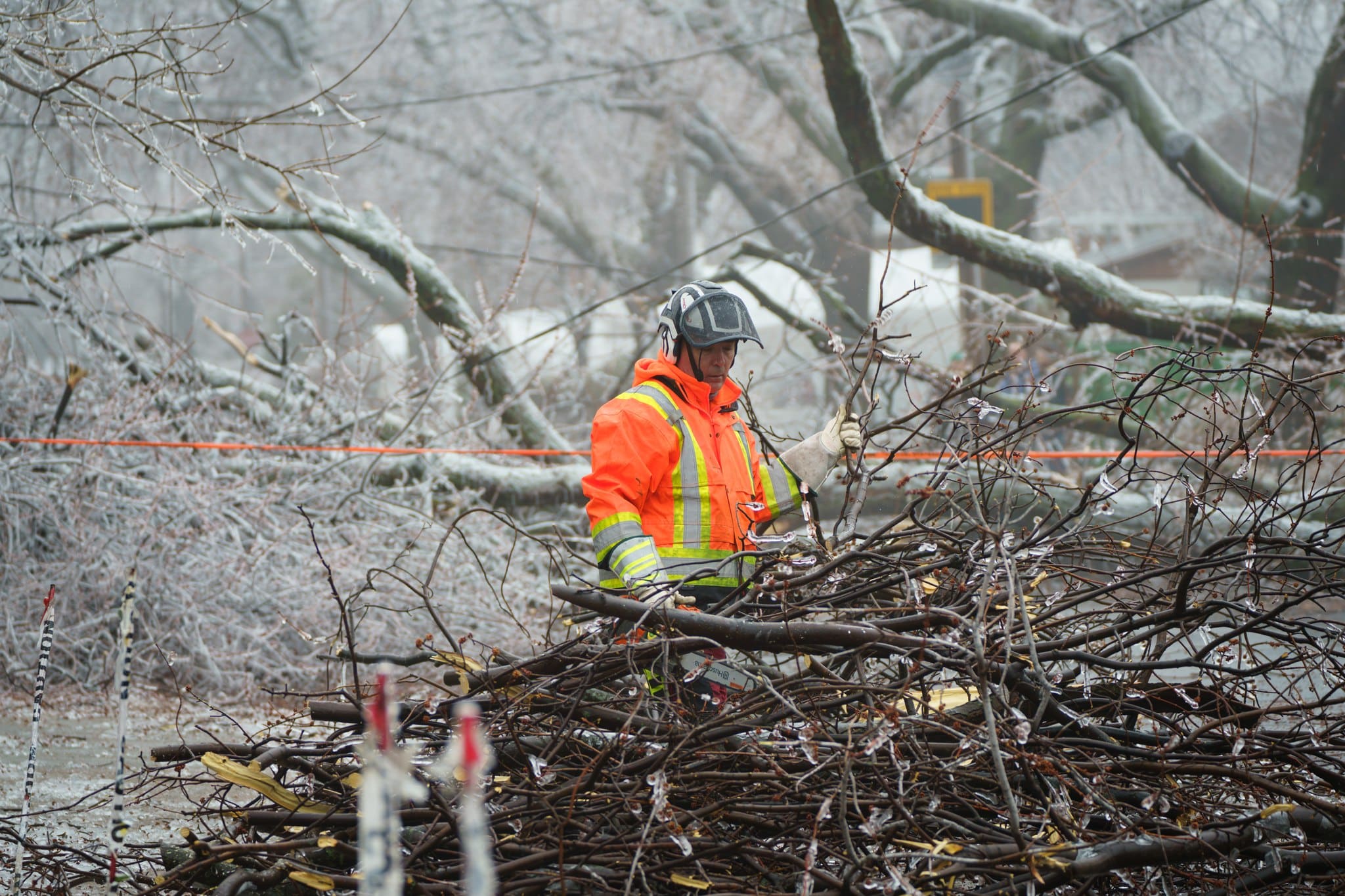As winter fades away and spring begins, many people start to look forward to warmer temperatures and sunny days. However, spring can also bring a host of severe weather conditions, including floods, severe thunderstorms, torrential rain, landslides, and mudslides. These weather events can cause significant damage and pose a risk to public safety. Therefore, communities and emergency managers need to prepare for spring weather to minimize the impact on their area. In this article, we’ll take a closer look at some of the steps that can be taken to prepare for spring weather.
Know the Risks
The first step in being prepared for spring weather emergencies and disasters is to know the risks in your area. This includes understanding the types of severe weather that are common in your region, such as tornadoes, thunderstorms, floods, and wildfires. By knowing the risks, you can better prepare and plan for potential emergencies. This information can be used to develop evacuation routes and identify areas that may require additional resources during an emergency.
Develop and practice an emergency plan
Communities and emergency managers should develop a comprehensive emergency plan that outlines procedures for responding to spring weather events. The plan should include steps for evacuation, sheltering in place, and communication with the public. It’s essential to involve all stakeholders in the planning process, including local government officials, emergency responders, and community leaders. The plan should also be regularly updated and tested to ensure that it remains effective.

Once you have an emergency plan in place, it’s important to practice it and review it regularly. This can help ensure that everyone in your community knows what to do in the event of an emergency and can help identify any areas that need improvement.
Communicate with the public
Communication with the public is crucial when preparing for spring weather. Communities and emergency managers should provide clear and concise information about potential risks and recommended actions. This includes providing information on evacuation routes, emergency shelters, and other resources that may be available. It’s also essential to use multiple communication channels, including social media, emergency alerts, and local media outlets, to reach as many people as possible.
Prepare emergency supplies
Preparing emergency supplies is an essential step in preparing for spring weather. Communities and individuals should have emergency kits that include essential items such as water, non-perishable food, first aid supplies, and medications. Additionally, emergency kits should include personal protective equipment, such as face masks, gloves, and hand sanitizer, to prevent the spread of illness during an emergency.

Establish an Emergency Operations Center
In the event of a spring weather emergency or disaster, it’s crucial for all agencies involved in the response effort to be able to communicate seamlessly with each other. This includes local authorities, emergency responders, utility companies, and other community organizations. Establishing an Emergency Operations Center (EOC) can help facilitate this coordination.
An EOC is a centralized location where emergency response efforts can be coordinated and information can be shared between agencies. It’s staffed by emergency management personnel and representatives from other agencies involved in the response effort. An EOC can help ensure that everyone involved in the response effort is on the same page and can help facilitate a more effective and efficient response.
Base Camp Connect systems are designed to act as a portable Emergency Operations Center (EOC). Their communication kits provide radio, voice, and data interoperability to allow agencies involved in the response efforts to collaborate with otherwise incompatible communication equipment. The systems use satellite, cellular, and radio technology to create a reliable communication network that can be set up quickly and easily in any location, even in areas with limited or no cellular coverage. From small to significant interventions, Base Camp Connect has your emergency communications covered, whether installed in a Mobile Command Post or as a carry-on case.

Monitor weather conditions
Monitoring weather conditions is critical to staying informed about potential risks. Communities and emergency managers should use weather monitoring tools, such as weather alerts and radar, to track severe weather conditions in real-time. This information can be used to make informed decisions about evacuation and other emergency procedures.
Stay informed and updated
Finally, staying informed and updated about spring weather conditions is essential for ensuring public safety. Communities and individuals should regularly check local weather reports and emergency alerts to stay informed about potential risks. It’s also essential to stay updated on any changes to emergency procedures and evacuation routes.
In conclusion, spring weather can be unpredictable and often result in severe weather conditions. Communities and emergency managers need to prepare for spring weather by developing emergency plans, identifying potential risks, communicating with the public, preparing emergency supplies, monitoring weather conditions, preparing for power outages, and staying informed and updated. By taking these steps, communities can minimize the impact of spring weather on their area and ensure public safety.
Have you enjoyed this article? Be sure to subscribe to our blog to catch the next one as soon as we publish!














